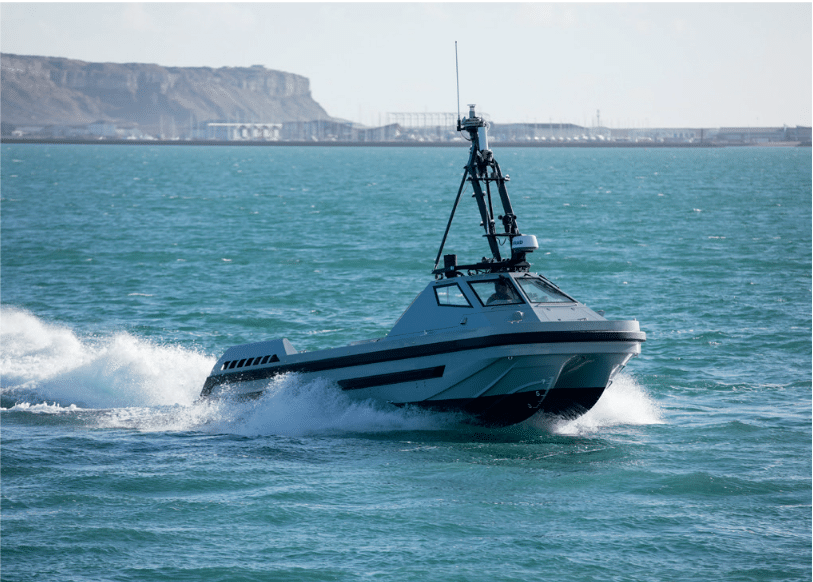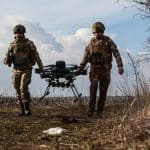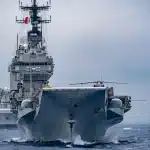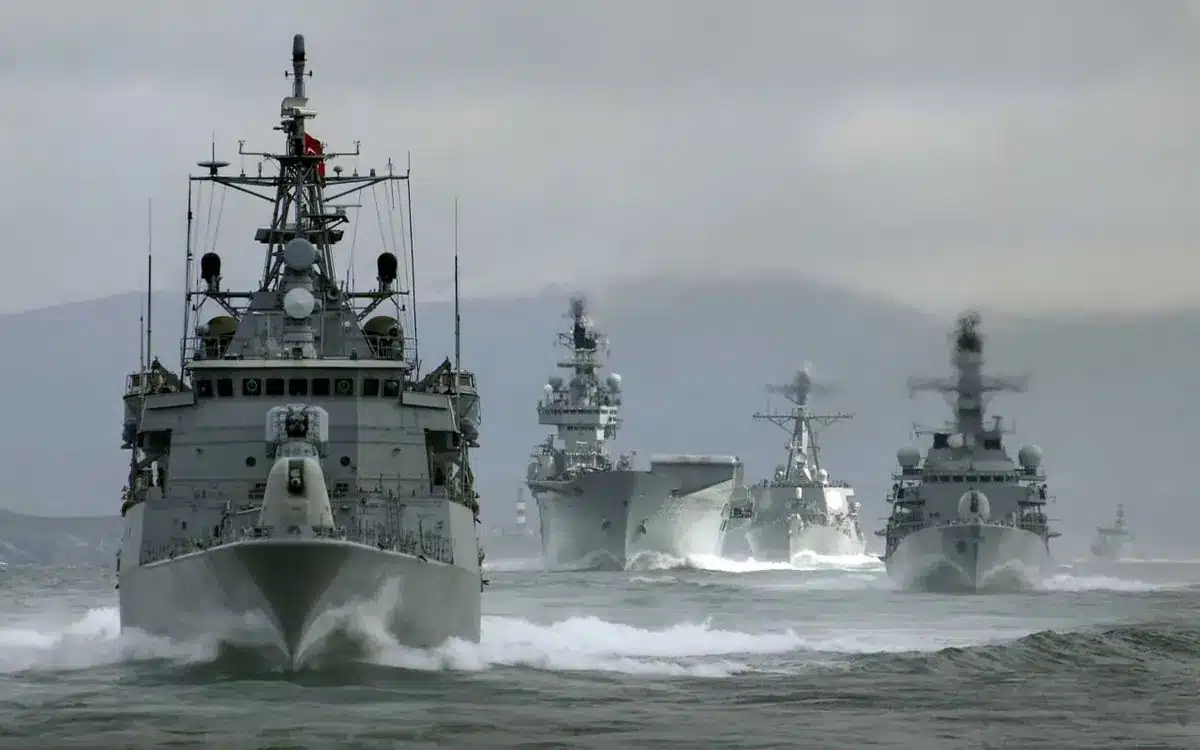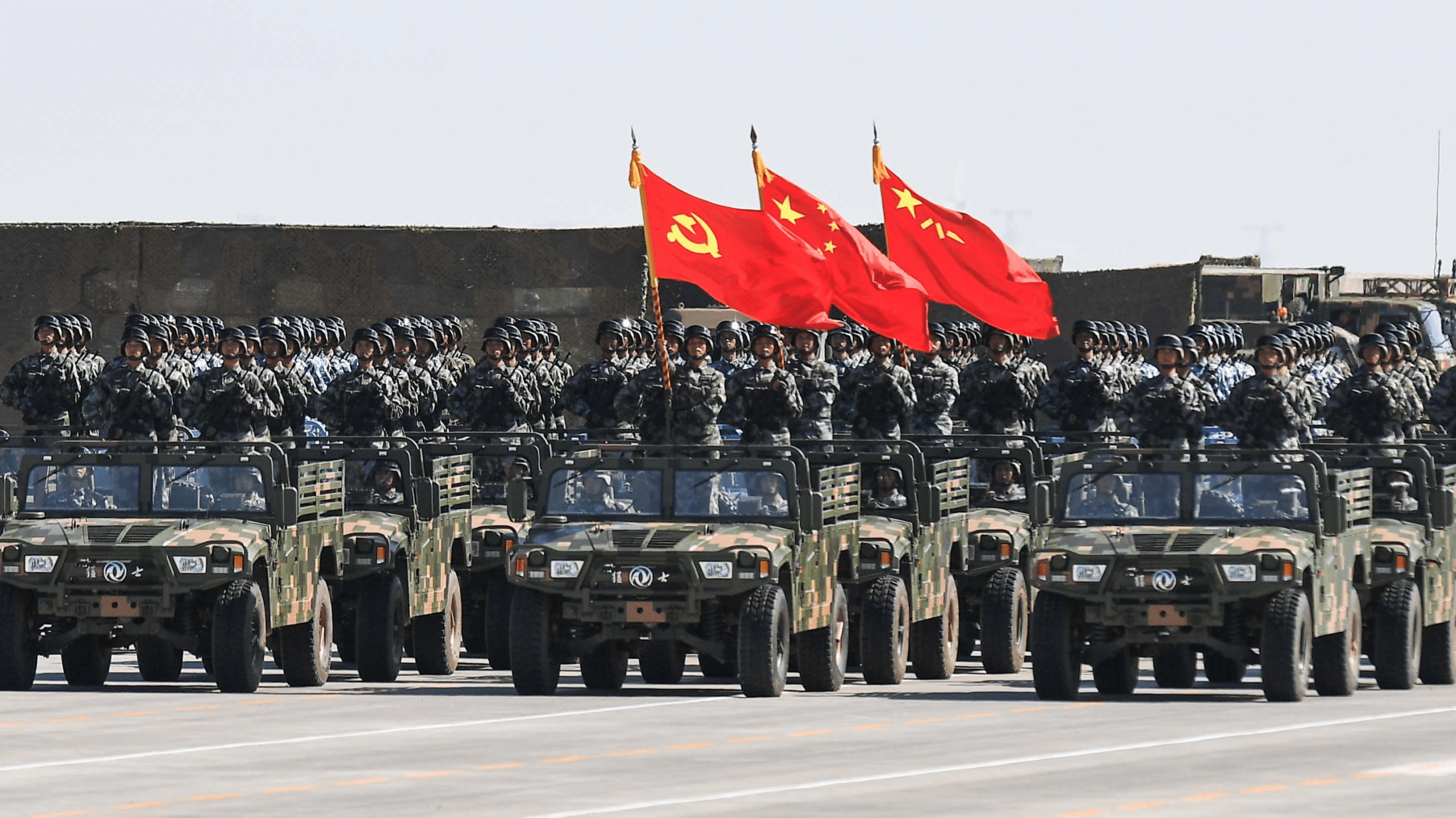Autonomous maritime systems are redefining naval power. No longer limited to reconnaissance tools or experimental gadgets, maritime drones are becoming operational assets capable of escorting, surveillance, attack, electronic warfare, and mine countermeasures. Integrating them is a decisive challenge: transforming technology into doctrine and innovation into combat power.
The importance of autonomous systems
Faced with growing geopolitical tensions, budgetary constraints, and rapid technological advances, one idea is becoming increasingly clear: tomorrow’s naval power will no longer depend solely on the size of ships, but above all on the seamless integration of autonomous maritime systems—drones—in all areas of operation.
Whether for reconnaissance, attack, logistics, electronic warfare, or mine countermeasures, the main challenge remains the same: improving performance and effectively integrating these systems into existing naval operations. The question is how to deploy them appropriately within current fleets.
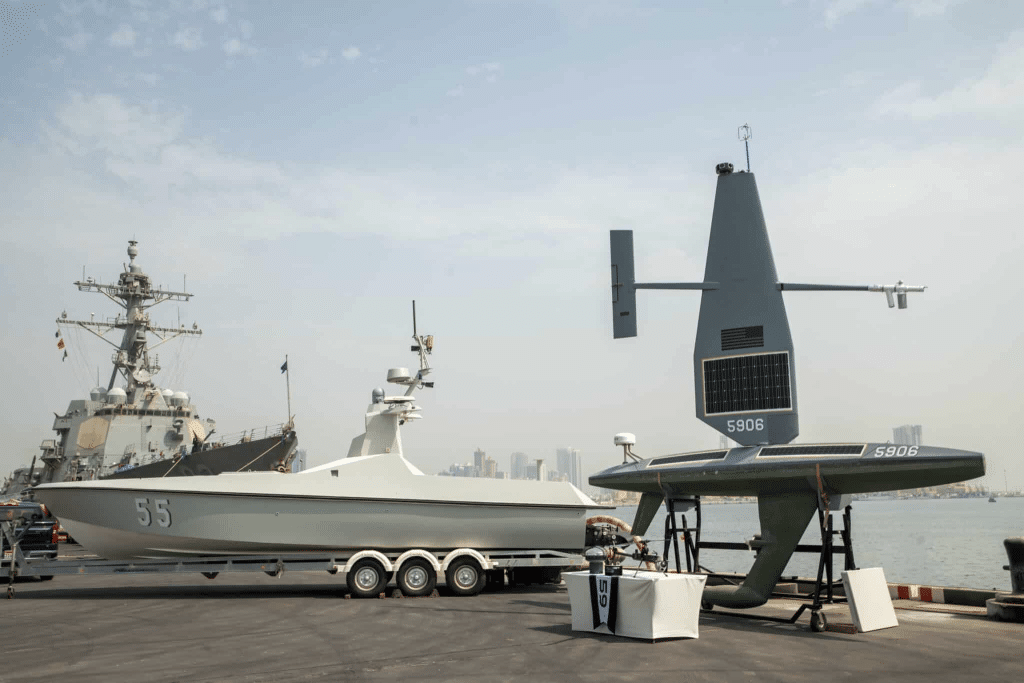
Moving from gadget to operational capability
Introducing drones into a modern navy is not as simple as adding an unmanned aircraft to the deck of a destroyer. It requires complex integration, including the fusion of drone data with the ship’s combat information systems. This involves rigorous data management, including the processing, classification, and securing of information in real time. Command and control require the definition of autonomy levels and rules of engagement. Logistics must ensure the supply, deployment, recovery, and maintenance of drones at sea. Naval doctrine must be reexamined to include these autonomous or semi-autonomous systems. In short, the hardware must be compatible with the software, and both must be integrated into a coherent naval doctrine.
Practical applications: escort, surveillance, attack, and more
Naval drones can perform many functions depending on the mission. When it comes to escort duties, drones such as MANTAS or Seagull provide flank security and sonar surveillance. For surveillance and reconnaissance (ISR), a combination of unmanned aerial vehicles (UAVs) and unmanned surface vehicles (USVs) provides targeted information in real time. For attack missions, kamikaze drones and flying munitions are used for asymmetric operations, although their use remains less common in Western navies. In electronic warfare, drones and UAVs can perform radar jamming, decoy operations, and communication interference. For mine countermeasures, autonomous underwater vehicles (AUVs/UUVs) such as REMUS and D-19 are used to detect and neutralize mines.
Doctrinal approaches: the US, British, and French navies
Doctrinal approaches vary from one navy to another. The U.S. Navy, through Ghost Fleet Overlord and Task Force 59 in the 5th Fleet, actively uses USVs for surveillance and patrol. Ghost Fleet Overlord integrates UAVs into human-machine naval operations and uses edge computing and artificial intelligence to optimize autonomous behavior. The goal is to ensure distributed lethality and risk-free presence in contested areas.
The Royal Navy is focusing on integrating drones for mine countermeasures, including Atlas ARCIMS systems and Sea-class USVs for mine detection. Trials are underway for drone carrier ships, and drone data is being integrated into the command and control systems of Class 26 and 31 ships. The goal is to remove crews from high-risk minefields while maintaining coverage.

The French Navy operates the SLAM-F (Future Mine Countermeasures System) system, deploying autonomous USVs. Trials are underway to integrate SLAM-F modules onto platforms such as the BRF and, eventually, FREMM-class frigates. The focus is on modular, plug-and-play payloads to create drone-ready platforms that are compatible with multiple systems.
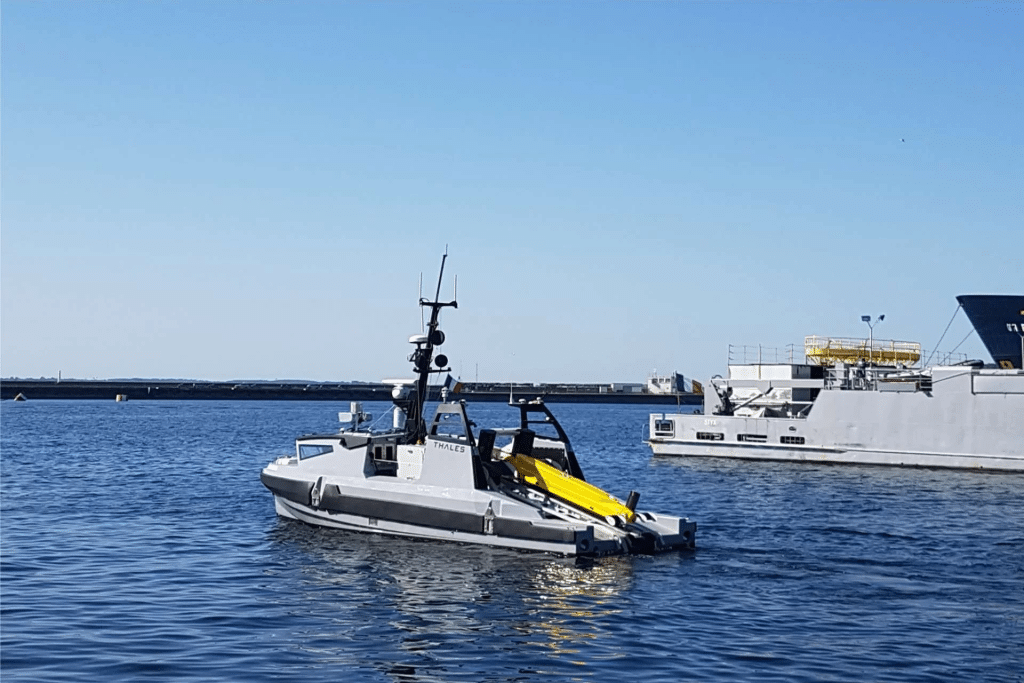
The strategic importance of drones
Three trends are emerging for the future. Man-machine teaming (MUM-T) will become the norm. Autonomous fleets will operate independently within larger task forces. The fusion of information across multiple domains (sea, air, cyber) will enable faster chains of destruction. The navies that succeed will not be those with the largest ships, but those that best integrate manned and unmanned systems into coherent and flexible naval doctrines.
Article 1. Naval drone warfare: a new era in maritime operations
Article 2. Ukraine’s naval drone tactics: redefining sea power through improvisation
Article 3. Naval drones: typology, capabilities, and the next naval paradigm

